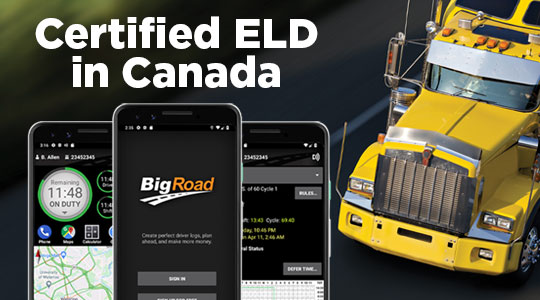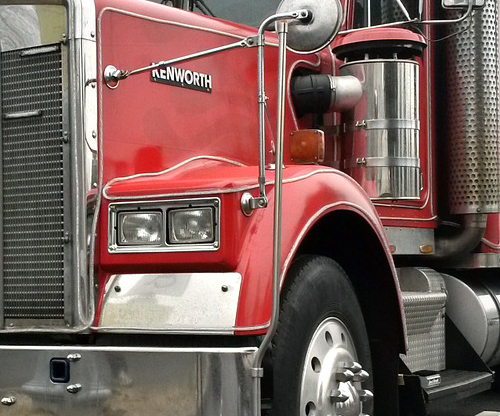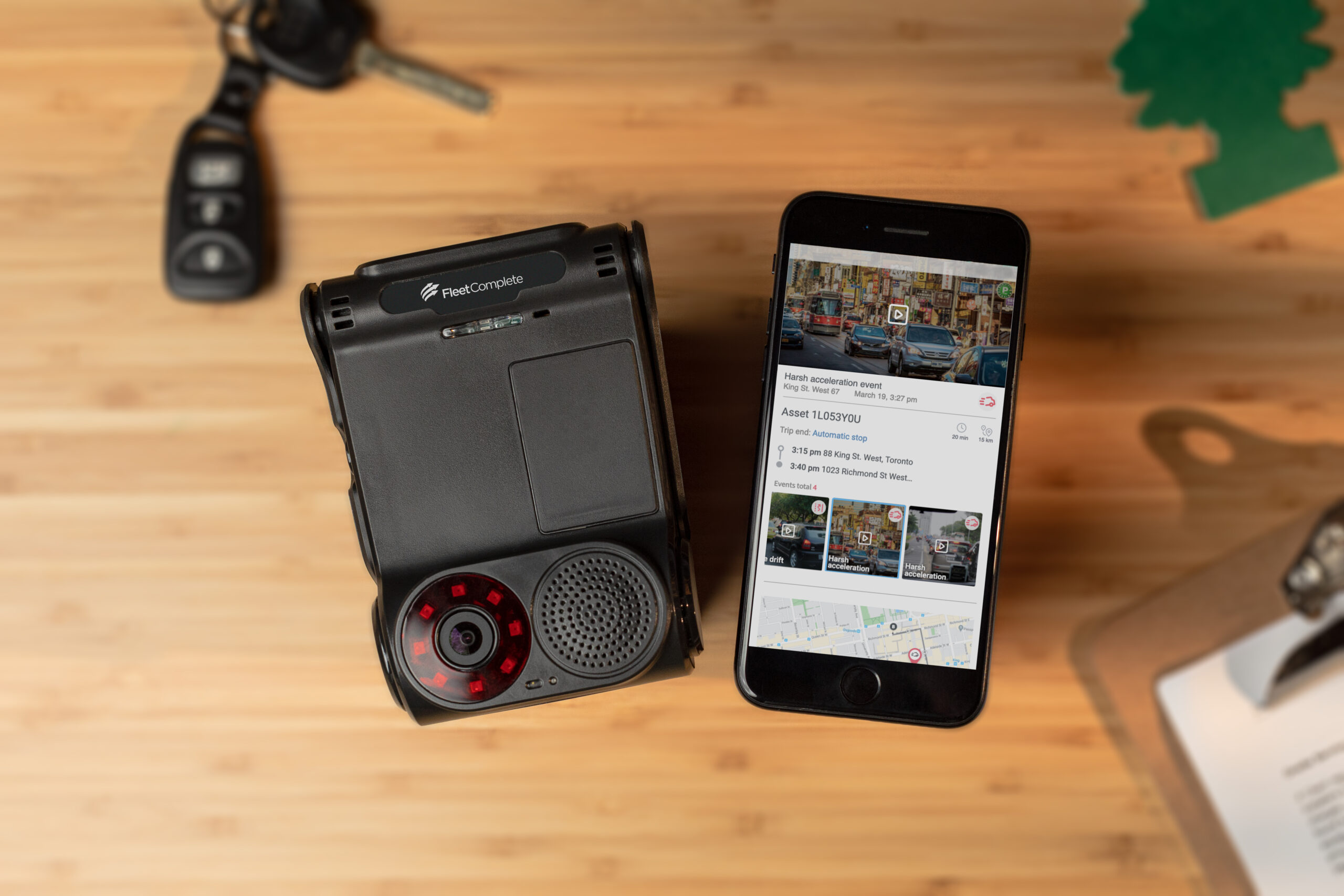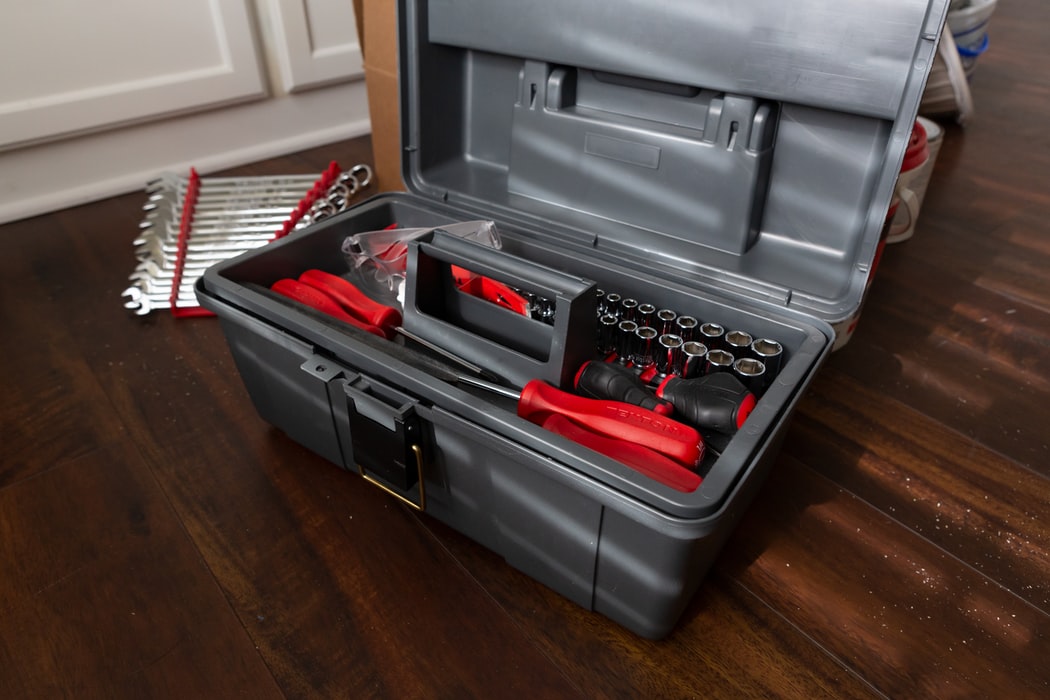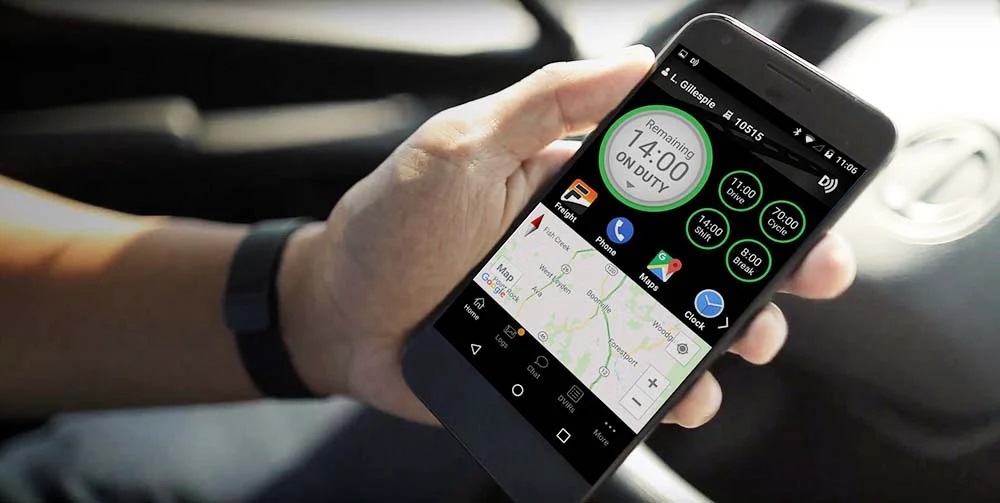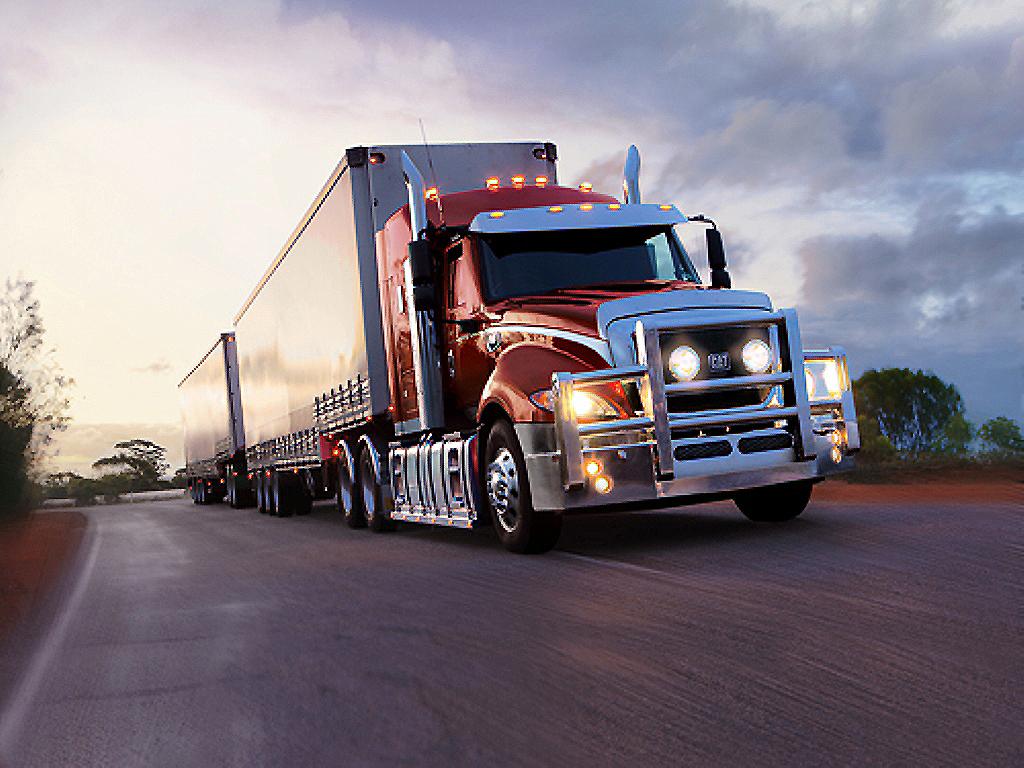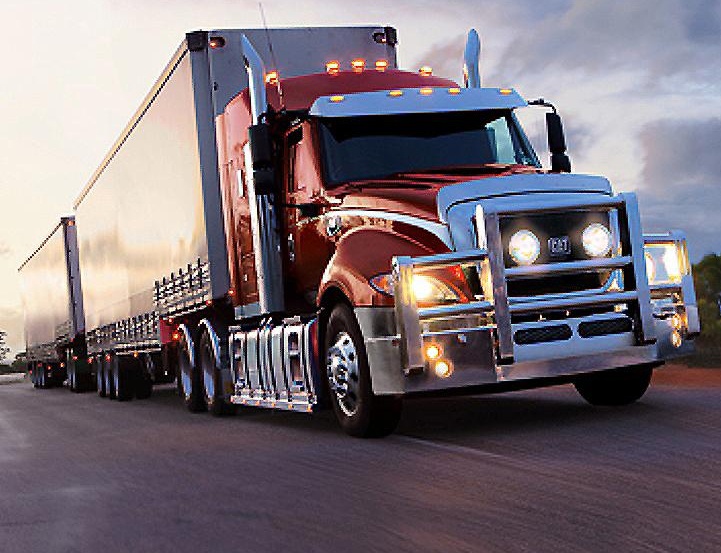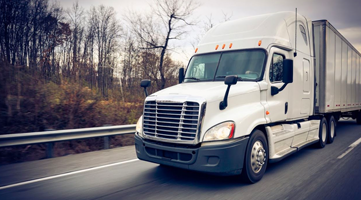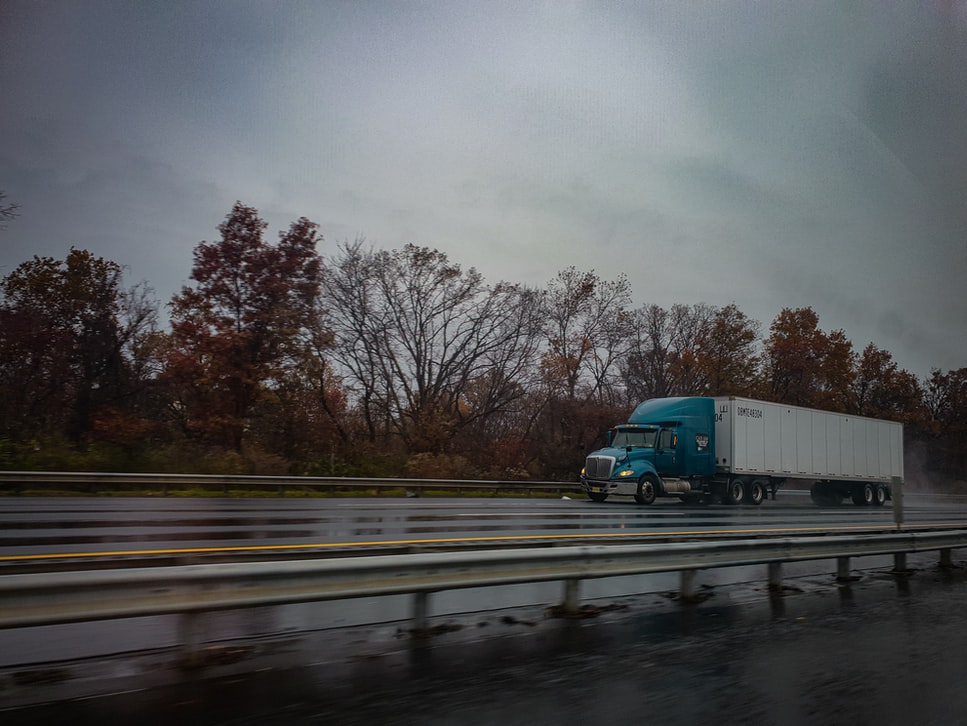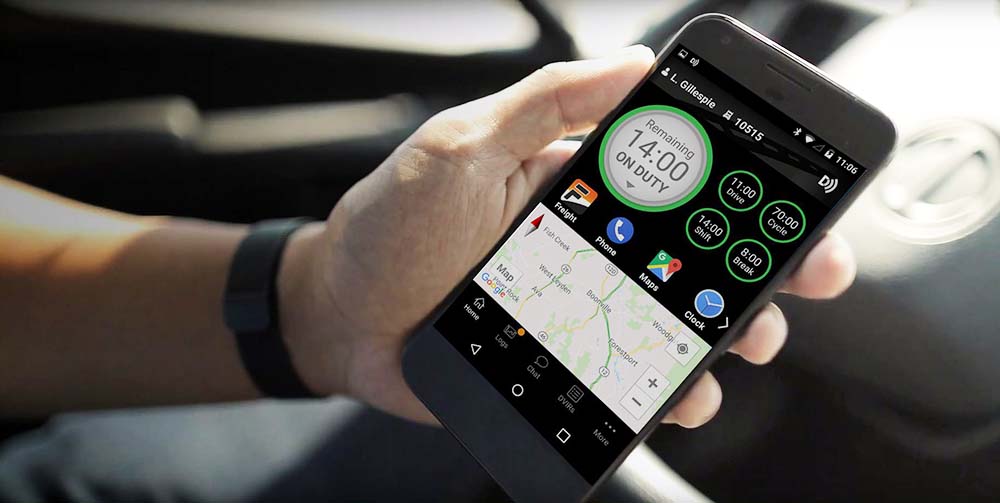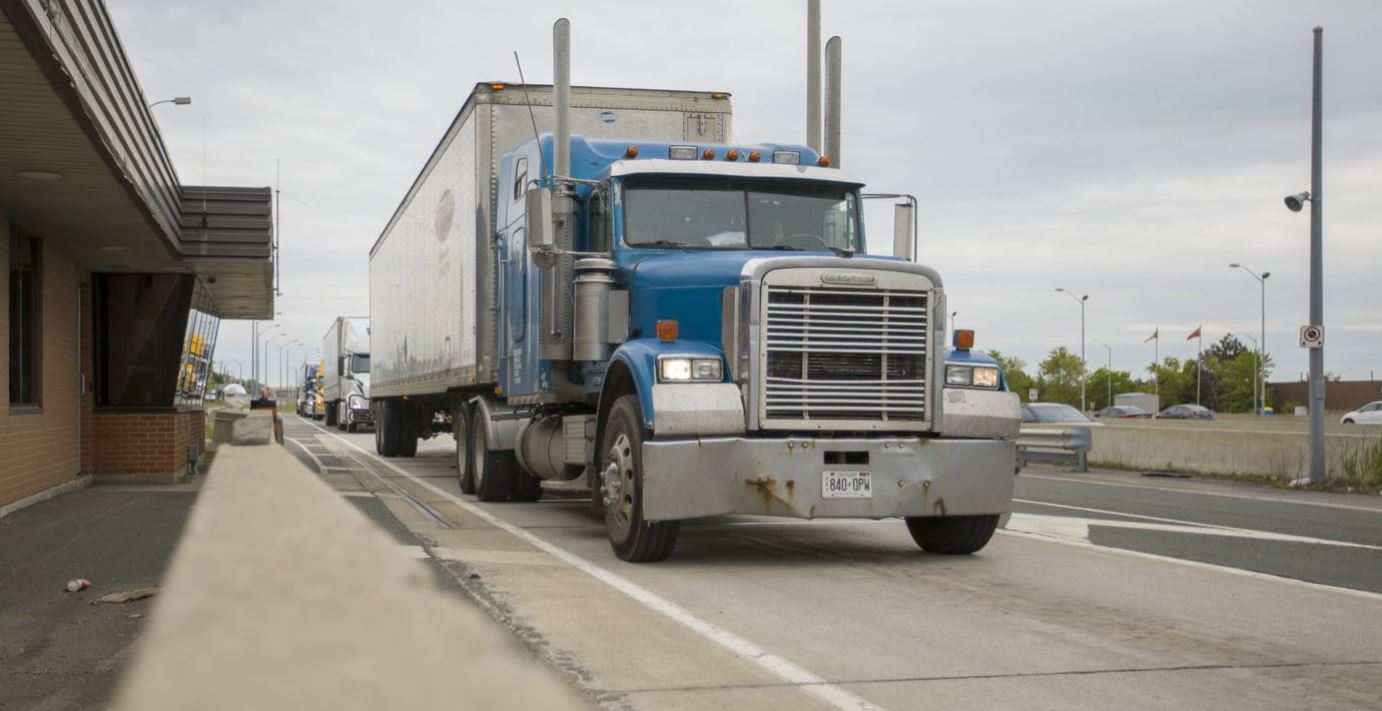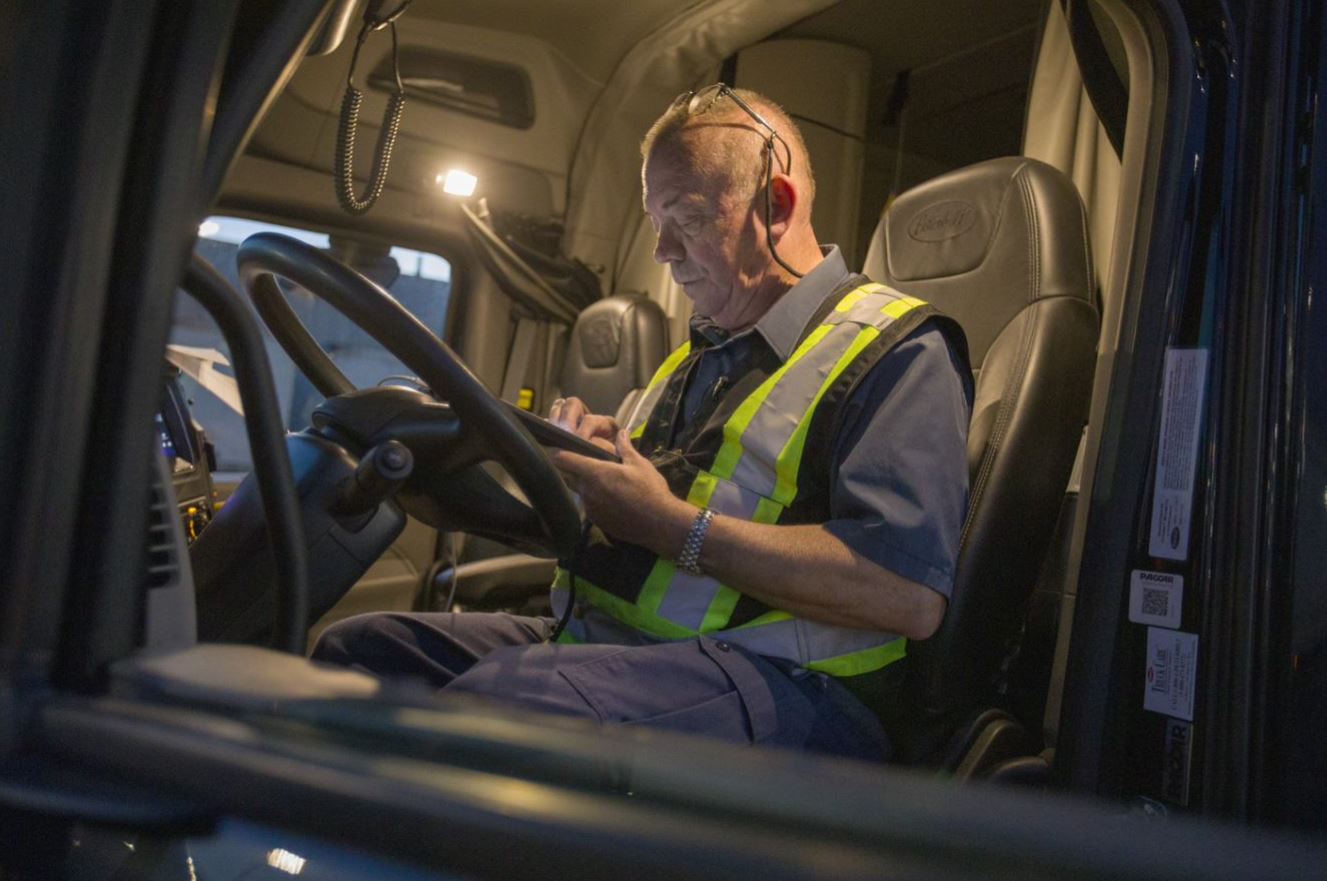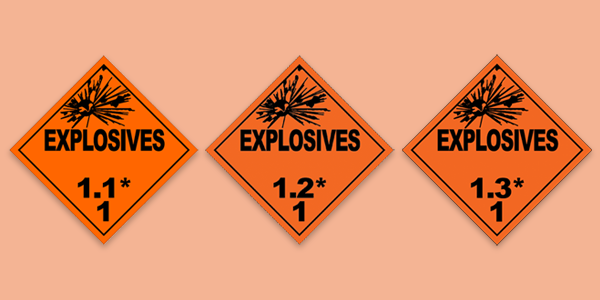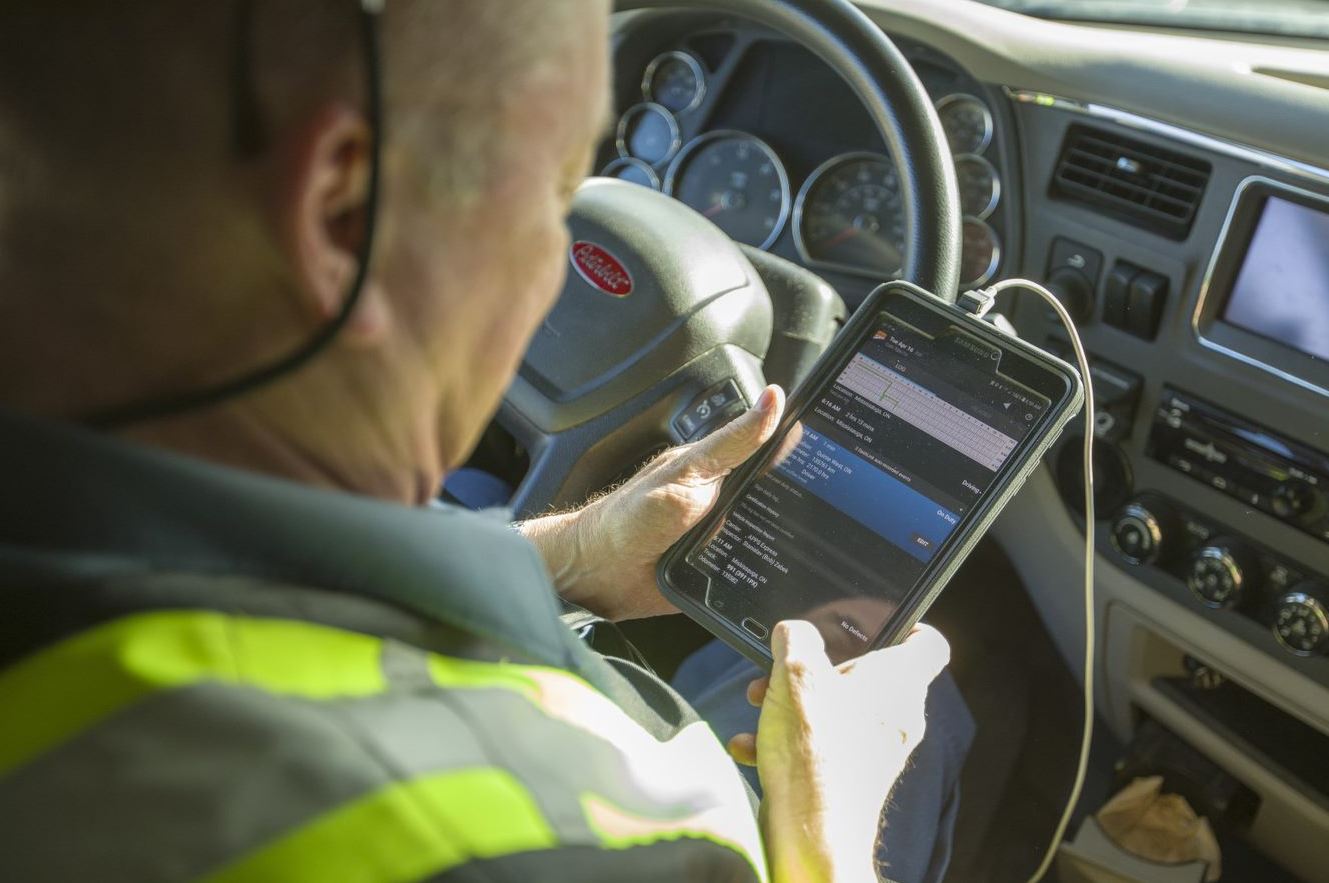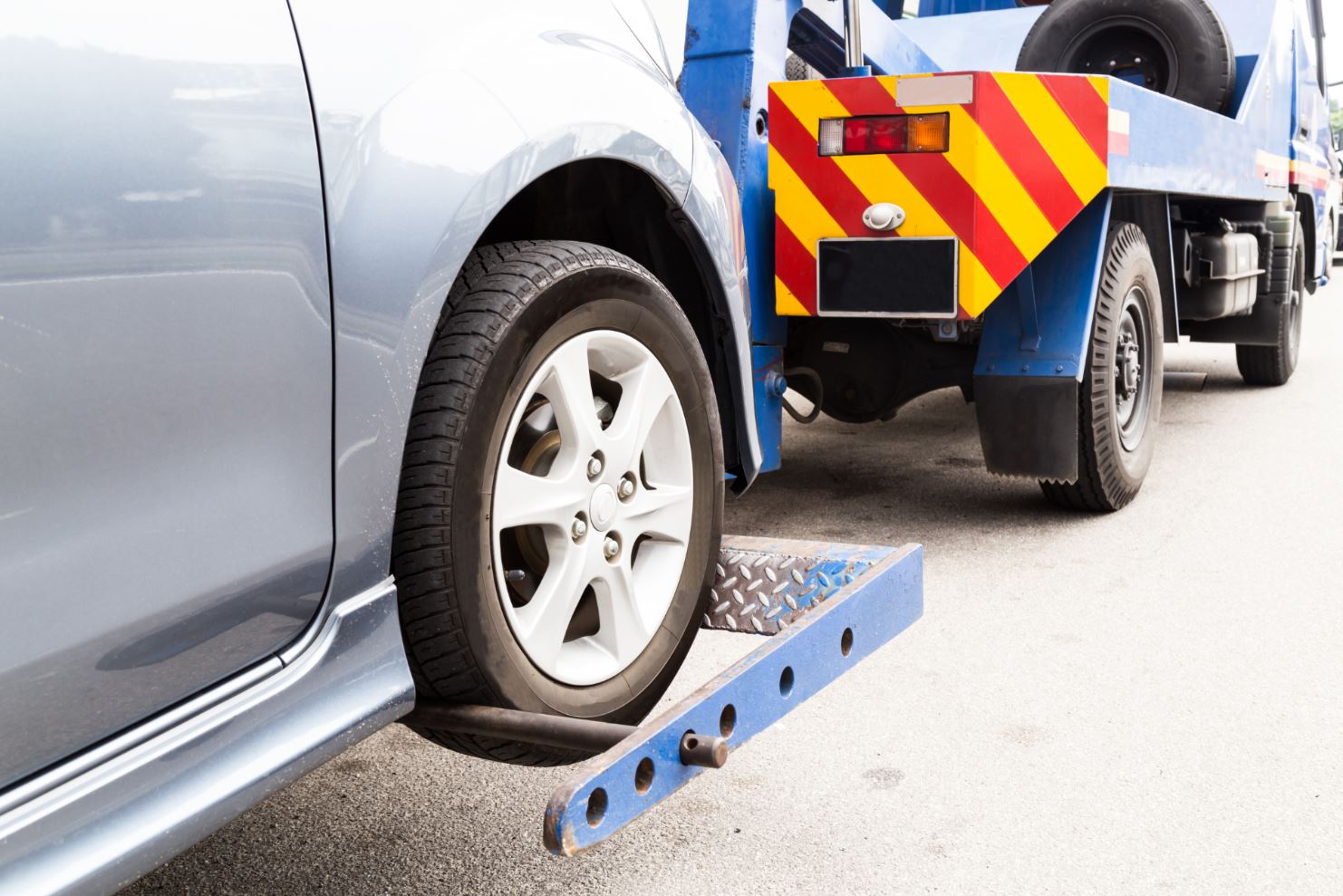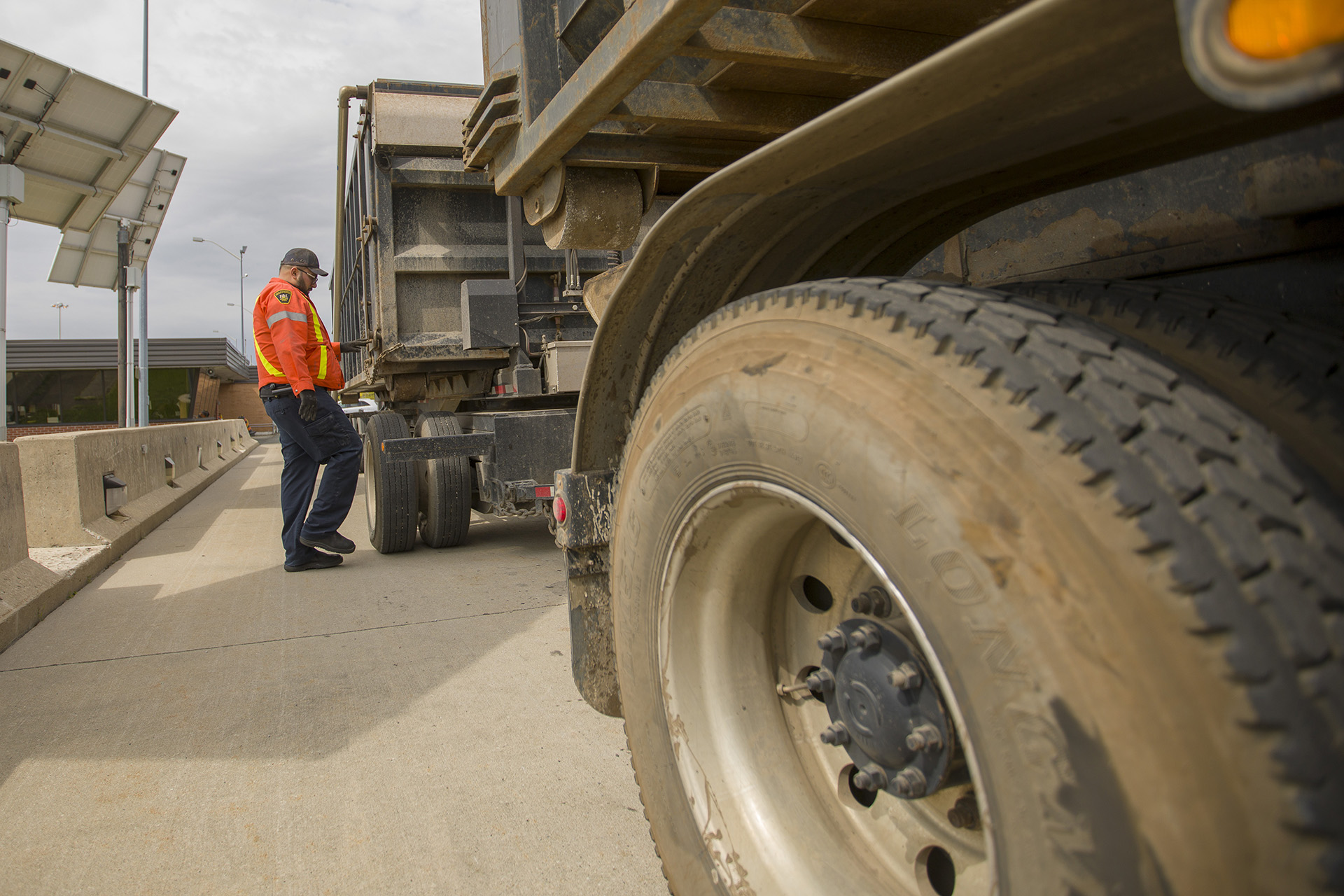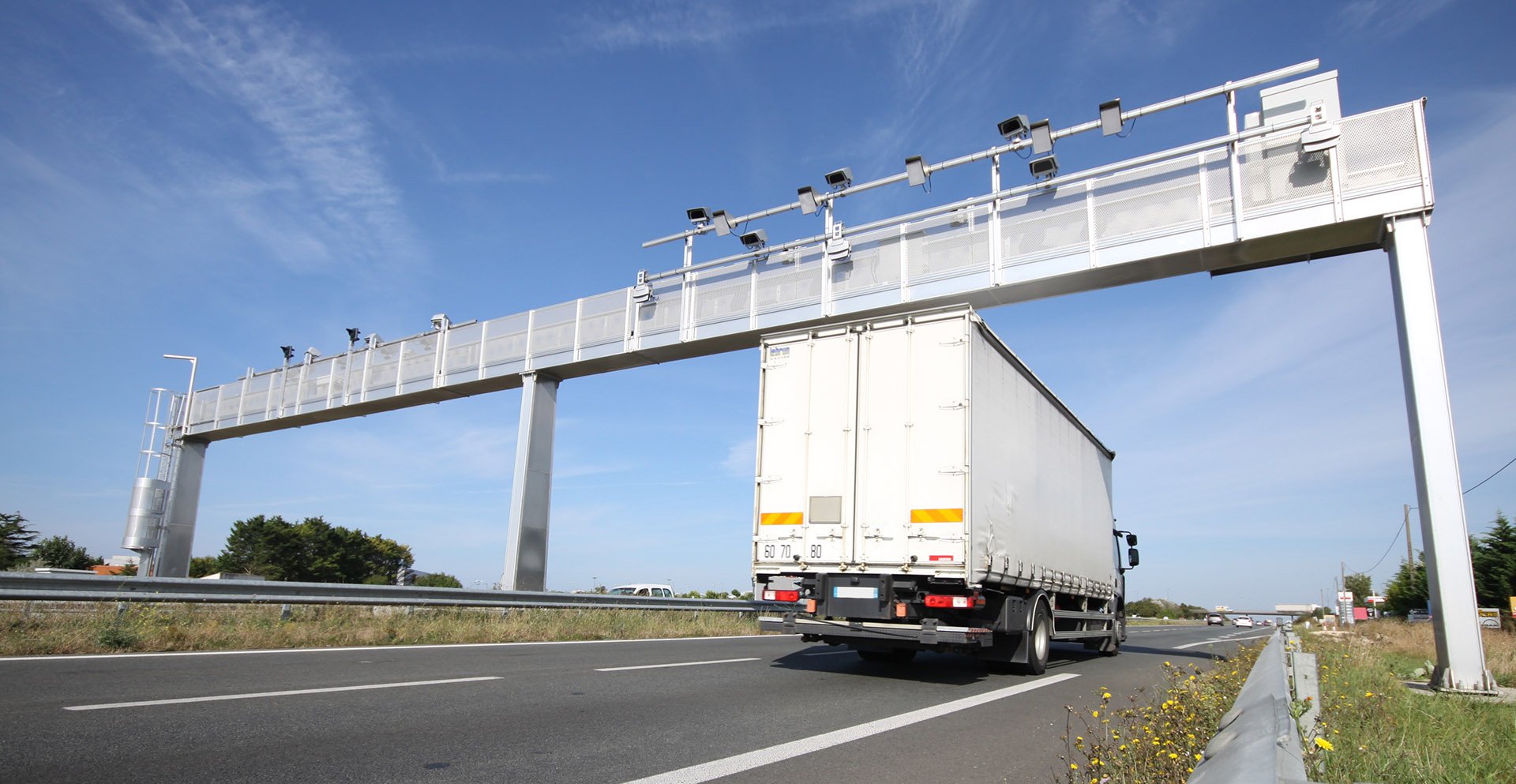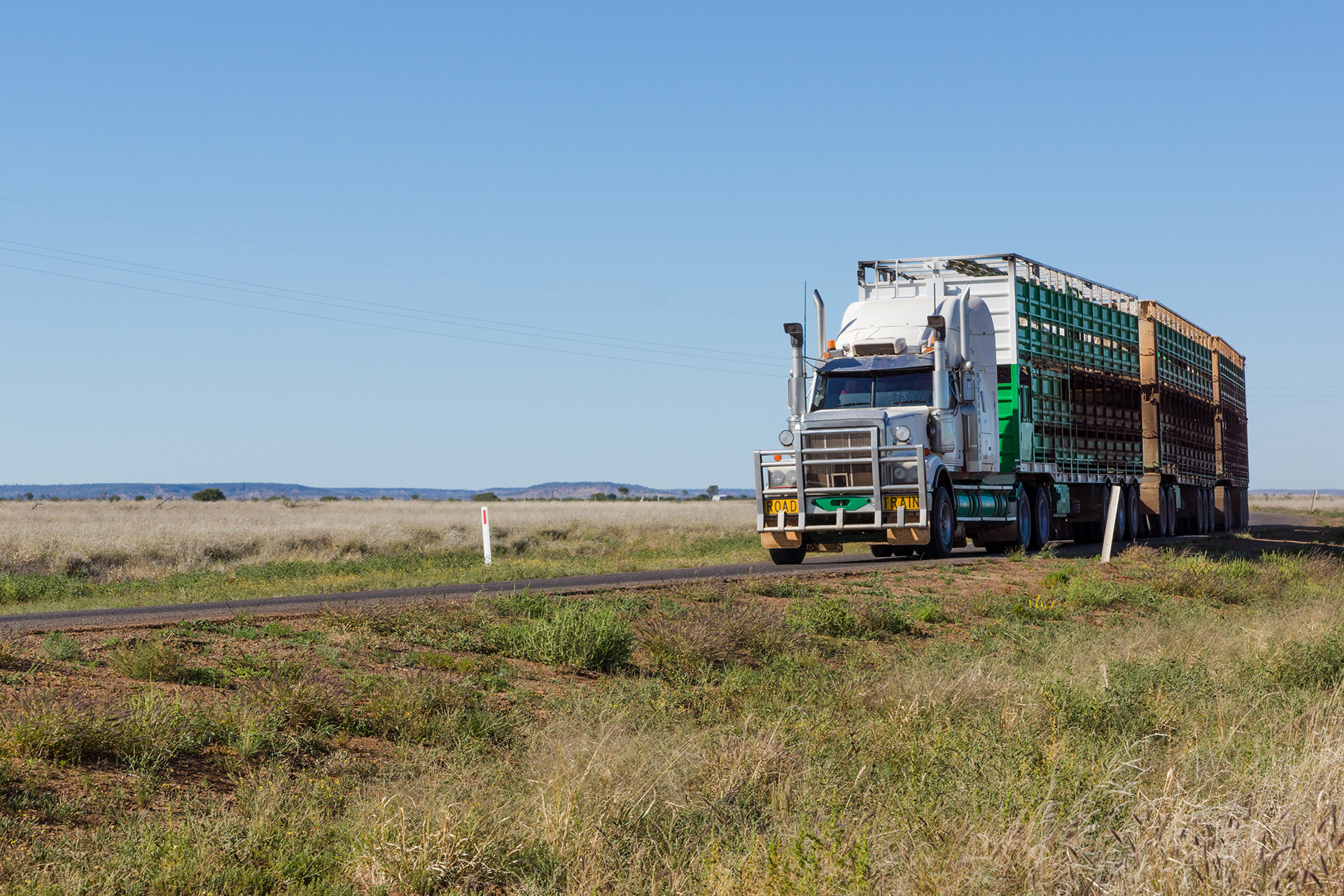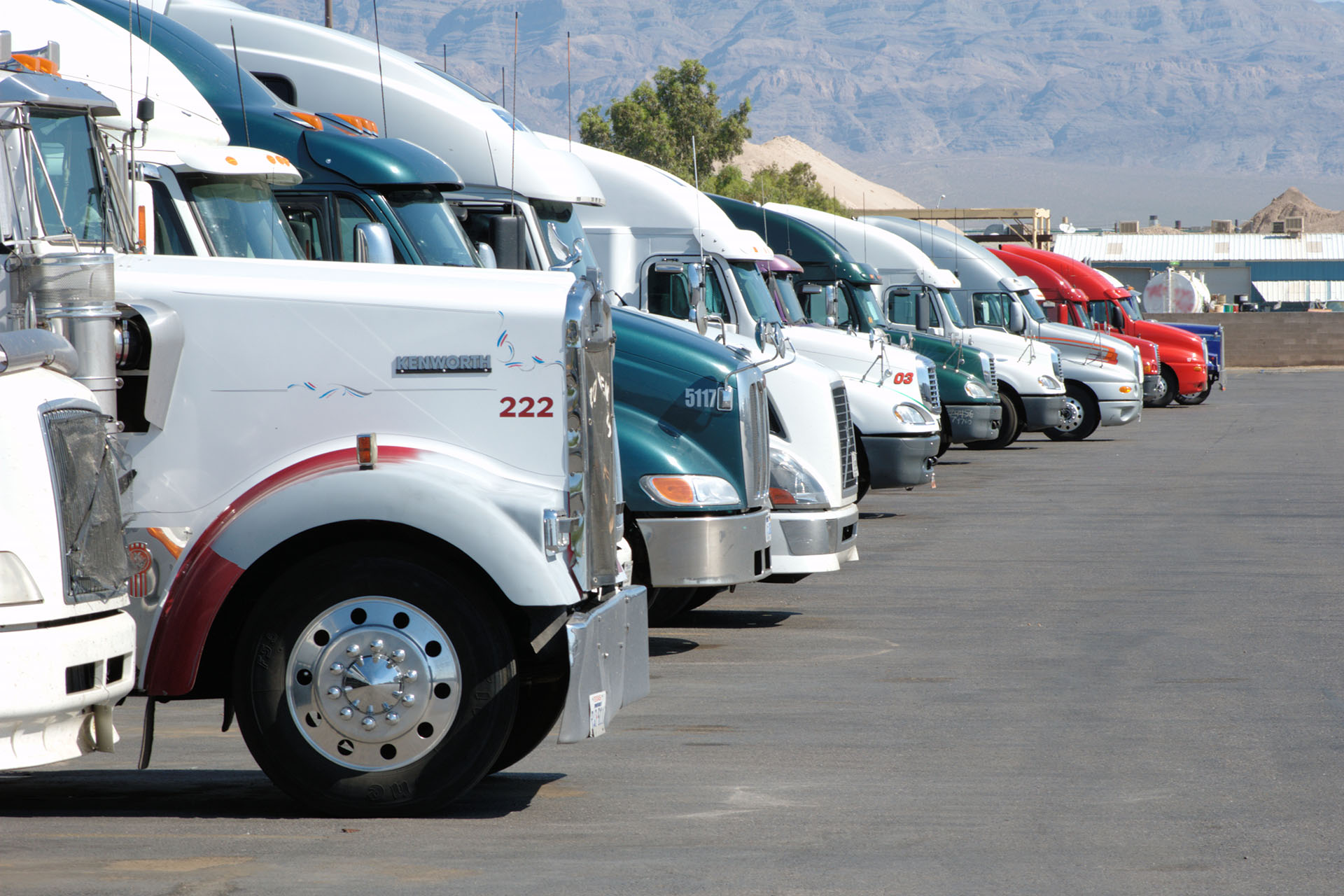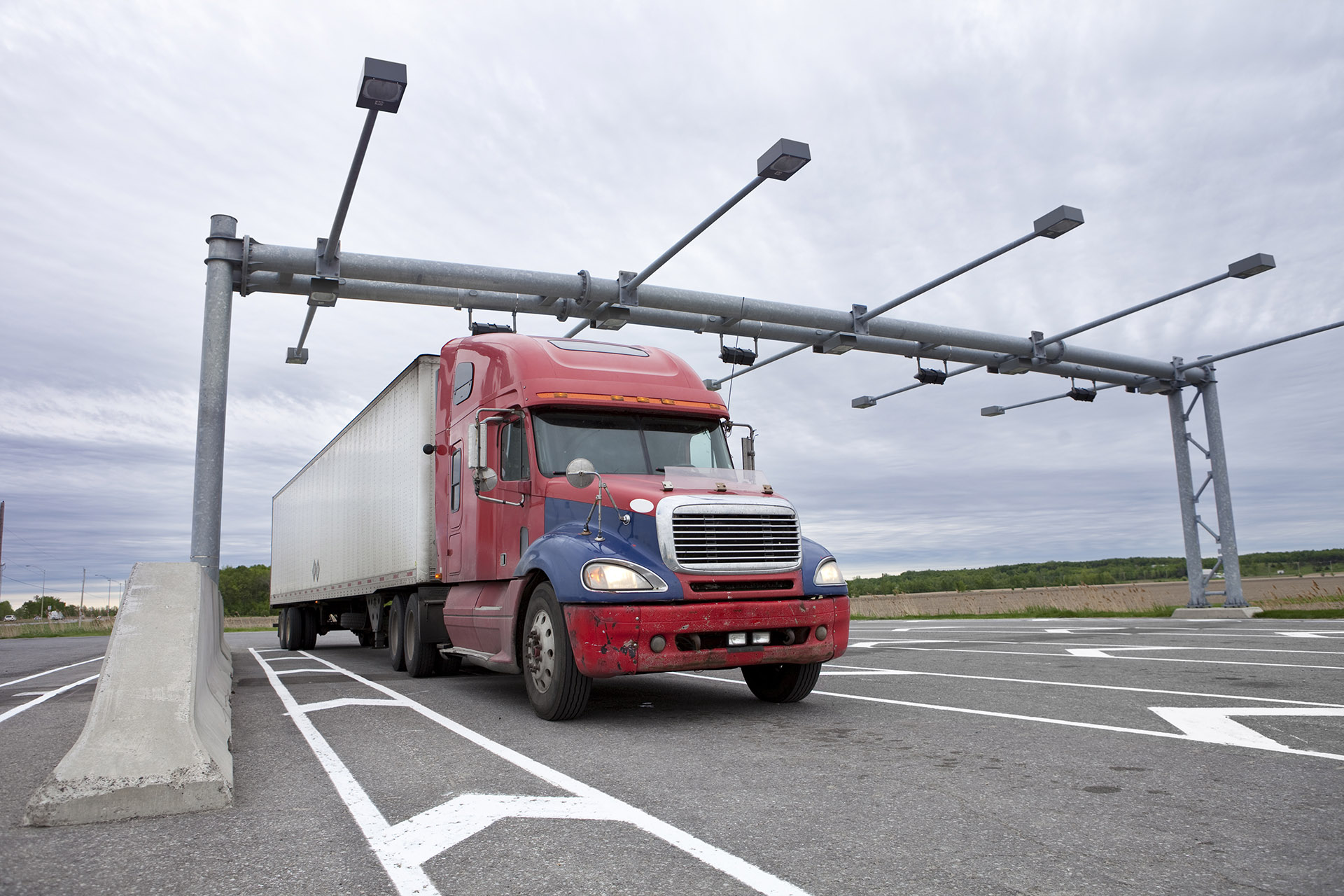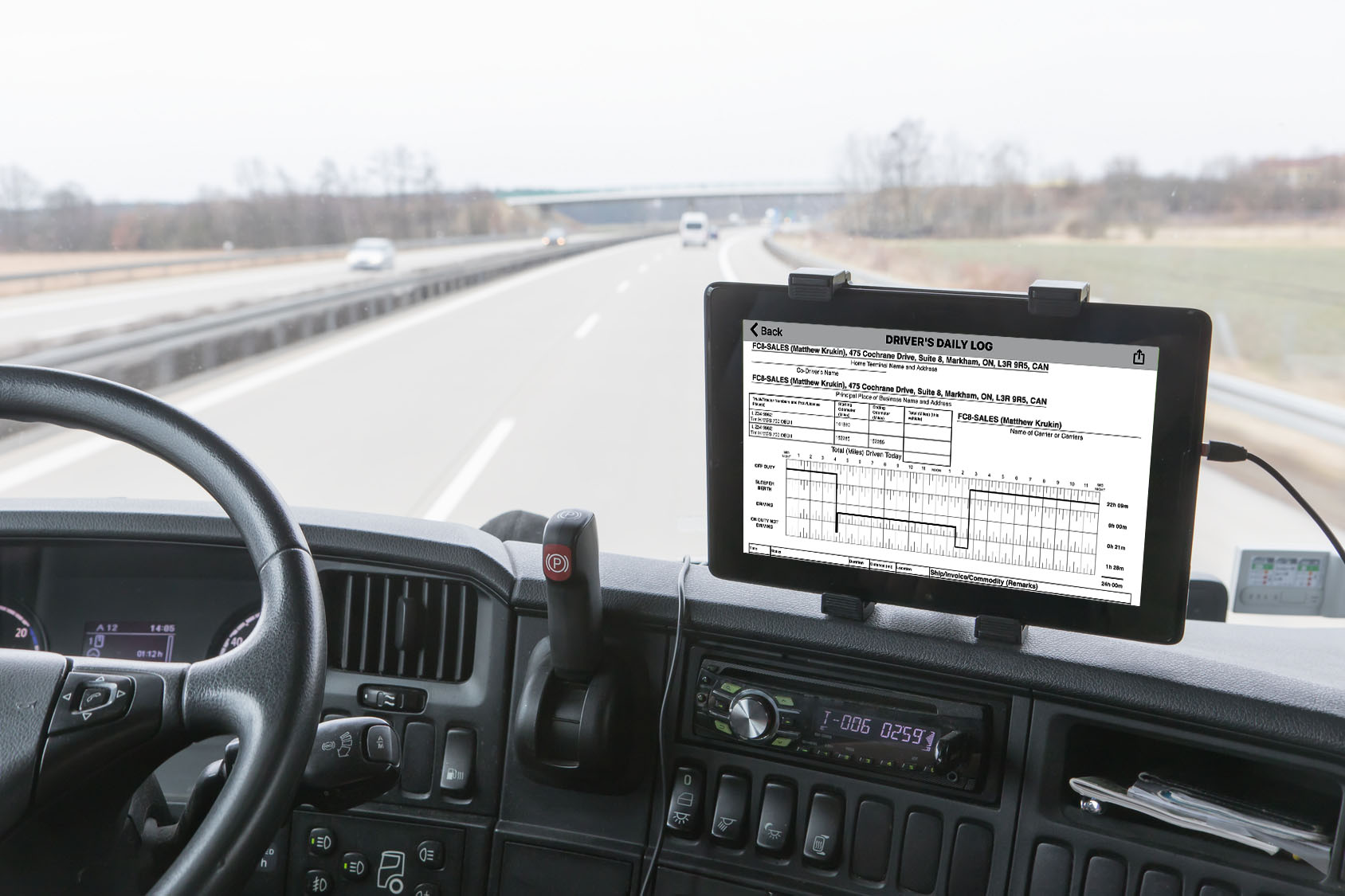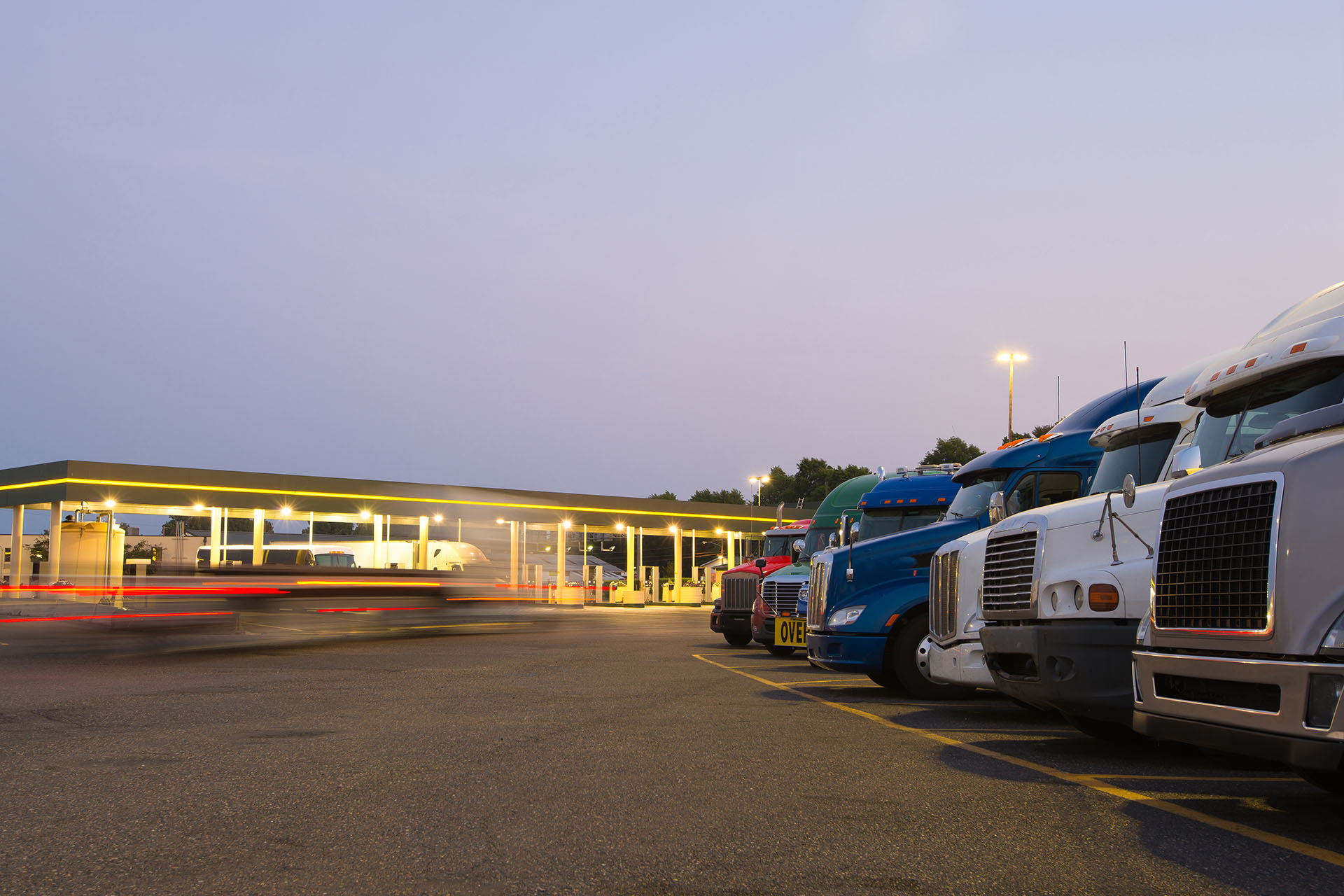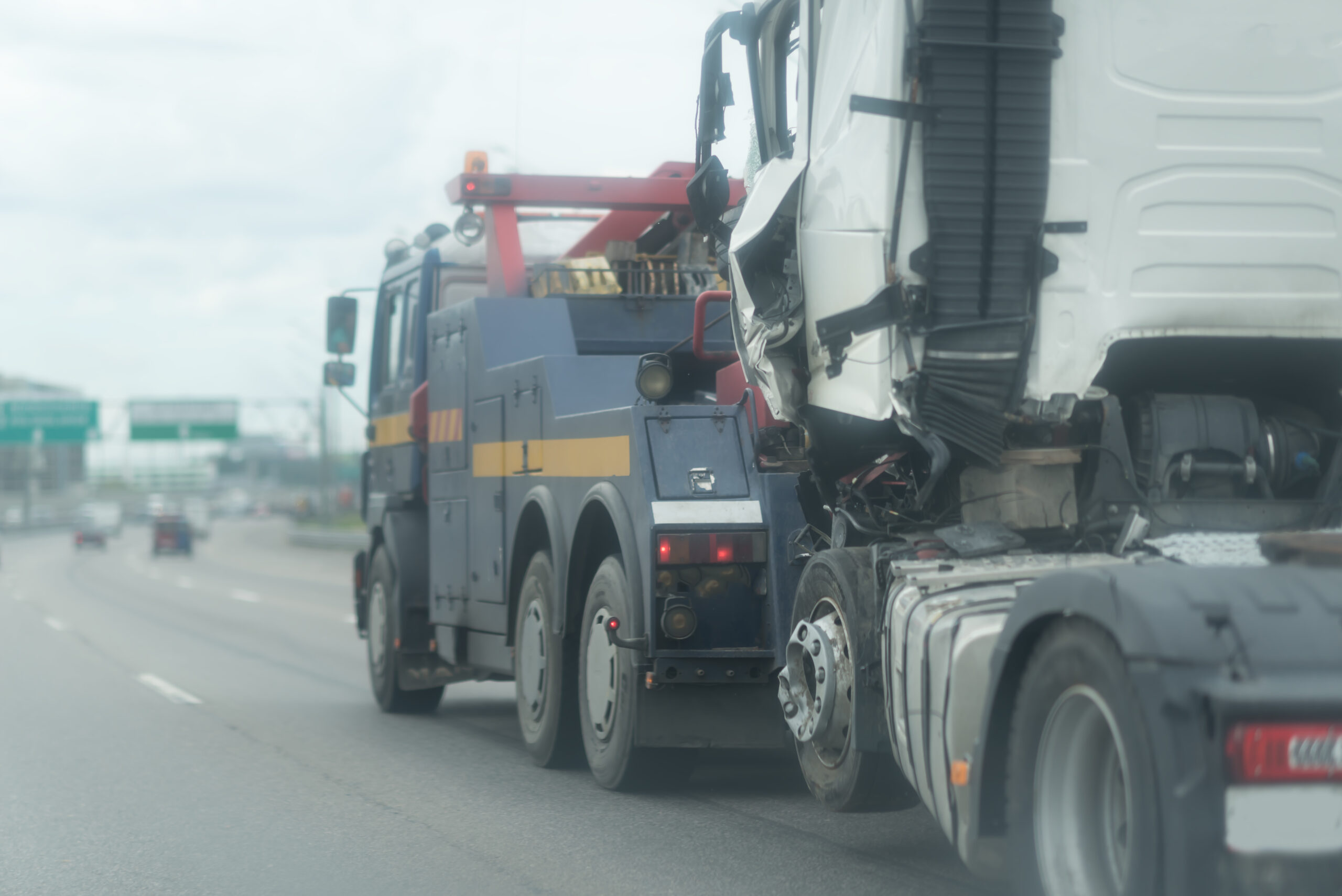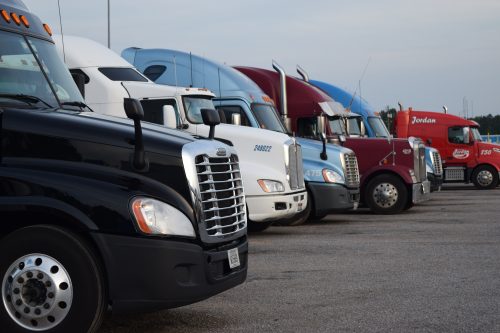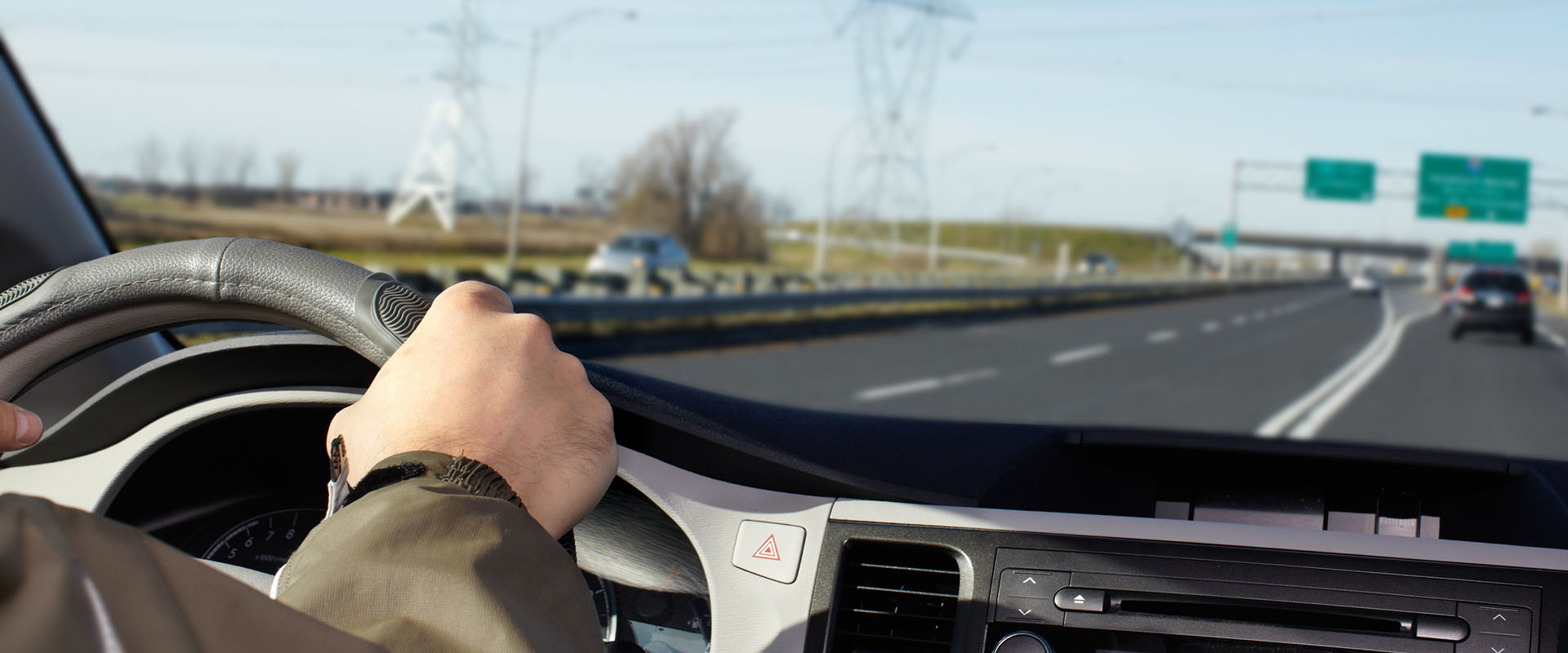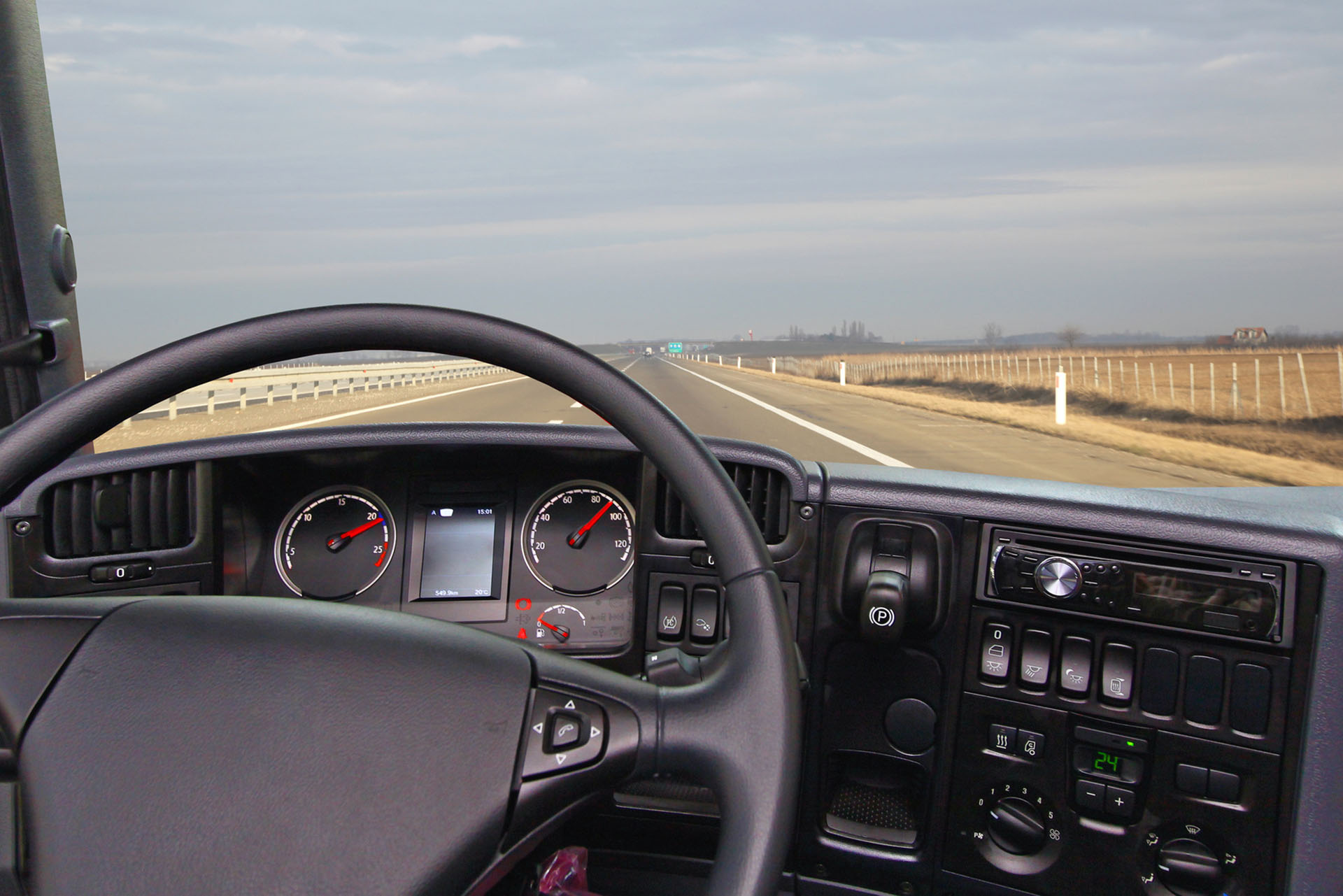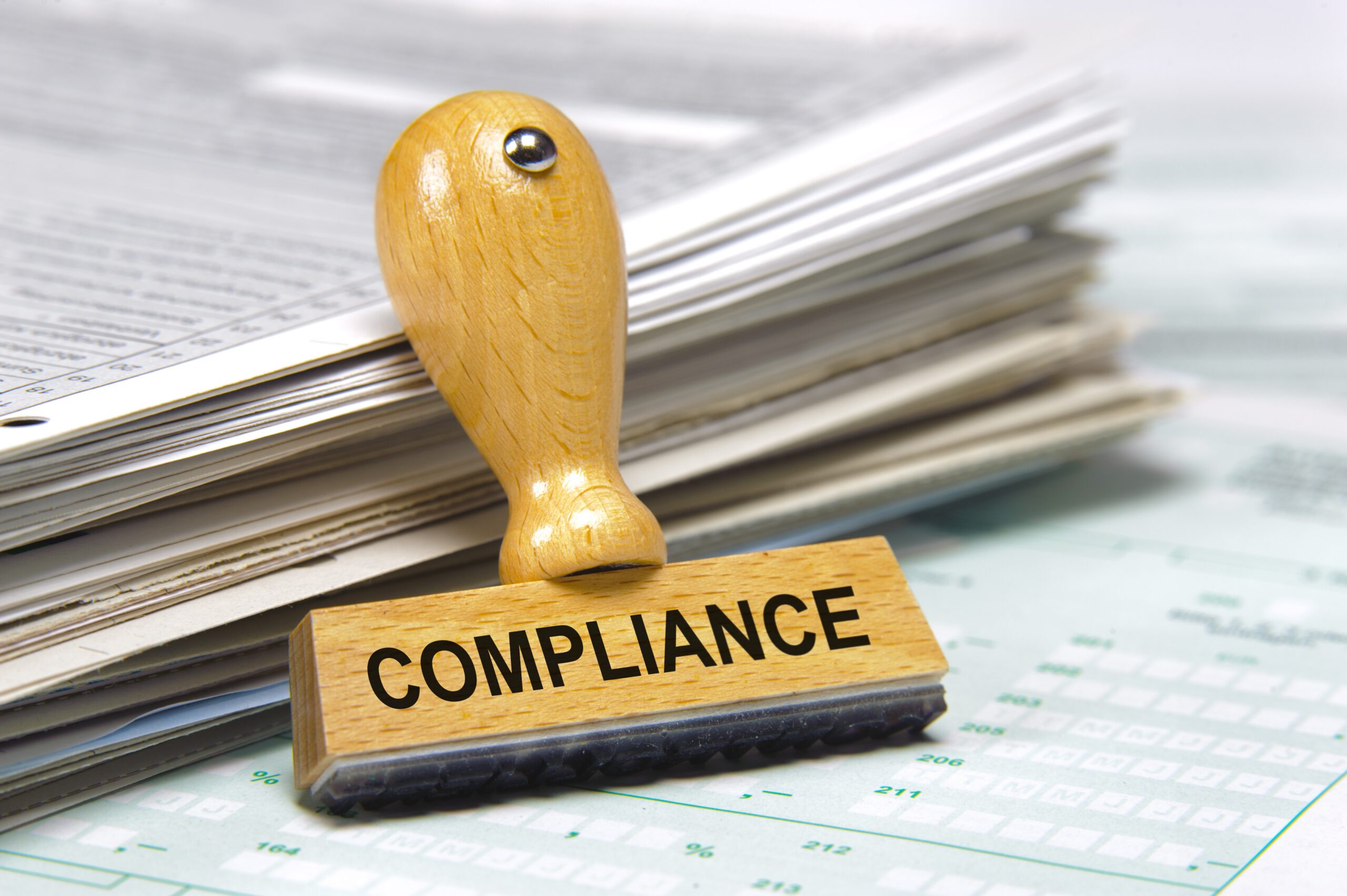With two years to comply to the Federal Motor Carrier Safety Administration’s (FMCSA) Electronic Logging Device (ELD) mandate, it’s important to understand all of the reporting required and how automating those systems, all at once, makes the most sense for your fleet.
The FMCSA’s Final Rule establishes that an ELD must be installed in every driver’s vehicle to record driving time and monitor engine hours, vehicle movement, miles driven, and location information.
This electronic logbook makes reporting on a number of regulations easier and less time-consuming for your drivers, and can easily be amalgamated paperlessly into one central filing system.

There are three compliance features central to the ELD Mandate discussion. While DVIRs and IFTAs are required to be electronically recorded when installing your ELD compliant software, it would be beneficial to consider adding the extra functionality to record data for those reports as well.
1. What is an Hours-of-Service (HoS) Report?
We’ve previously discussed HOS reporting, as that’s the central requirement of the ELD mandate. Essentially, it ensures that your drivers are taking regular breaks, aren’t driving fatigued, and are complying with maximum on-duty requirements established by the FMCSA.
How does electronic reporting make your life easier?
Powerfleet’s (formerly Fleet Complete) Elog application offers a completely intuitive system that mimics paper reporting, so even the oldest school drivers can quickly and easily transition to paperless reporting.
With automatic recording of driving time, idle time, and off-duty time, your drivers are able to visualize at a glance what their total on-duty time has been for the day. This helps ensure that they are taking the appropriate breaks for the country they are driving in. As U.S. and Canadian regulations differ, it can be easy for drivers to get confused, but ELDs can immediately update driver requirements as they cross borders.
2. What is a Driver Vehicle Inspection Report (DVIR)?
The FMCSA regulation 396.11, officially updated in 2014, requires a DVIR be completed daily for every commercial vehicle operated that day. These inspections should be undertaken at the beginning and end of every day, and require that any defect or deficiency is immediately reported to the employer for repair.
At the end of a trip, all drivers must file their DVIR with their employer for record-keeping even if there is nothing that would affect the safety or mechanical operation of the vehicle.
Any commercial vehicles that carry passengers, however, are not required to file a DVIR unless there is something defective or concerning to report. The FMCSA report estimates that before this rule was established, these operators spent a total of 46.7 million hours each year completing these driver vehicle inspection reports.
How does installing an ELD make your life easier for submitting DVIRs?
As of 2014, the FMCSA estimates that only 5% of DVIRs were submitted electronically. More fleets are embracing fleet management software that can automatically monitor the vehicle for defects, as well as automatically send reports to a central fleet manager.
Eliminating the need for paper reports saves money, increases accuracy, and improves driver compliance by ensuring that these reports are completed on time and to the required standard.
By focusing on the critical inspection elements identified by the FMCSA, electronic DVIR meets the vehicle standards and filing requirements.
Get in touch with us today learn how our Powerfleet (formerly Fleet Complete) ELD Solution can ensure your fleet stays compliant, safe, and be more productive.






